Choosing the right ceramic tiles or slabs for your home or workplace can be a daunting task. With a vast array of designs, colors, materials, and sizes, it’s difficult to know where to start. Below, we provide you with golden tips to help you make the best choice for your needs.
Golden Tips for Buying Ceramic Tiles and Slabs
- Set Your Budget: The first step in purchasing ceramic tiles or slabs is to determine your budget. Tiles and slabs come in a wide range of prices, so it’s important to know how much you can spend before you start shopping.
- Consider the Area You Want to Tile: The size of the area you want to tile is one of the most important factors to consider when purchasing ceramic tiles or slabs. If you have a small space, you may want to use smaller tiles to make the area appear larger. Conversely, if you have a large space, you can use larger tiles or slabs to create a dramatic look.
- Choose the Right Type of Tile or Slab: Ceramic tiles and slabs come in various types, including porcelain, granite, marble, and terracotta. Each type of tile or slab has its own unique advantages and disadvantages, so it’s important to choose a type that suits your needs.
- Pay Attention to the Color and Design of the Tile or Slab: The color and design of your tile or slab can significantly impact the overall look of your space. Consider different colors and designs before making a selection and ensure it complements your existing decor.
- Check the Quality of the Tile or Slab: When purchasing ceramic tiles or slabs, it’s important to check their quality. Look for tiles or slabs that are free of any cracks, chips, or other imperfections.
- Buy from a Reputable Store: When purchasing ceramic tiles or slabs, it’s important to buy from a reputable store. This will ensure you receive high-quality tiles or slabs and have access to after-sales service if any issues arise.
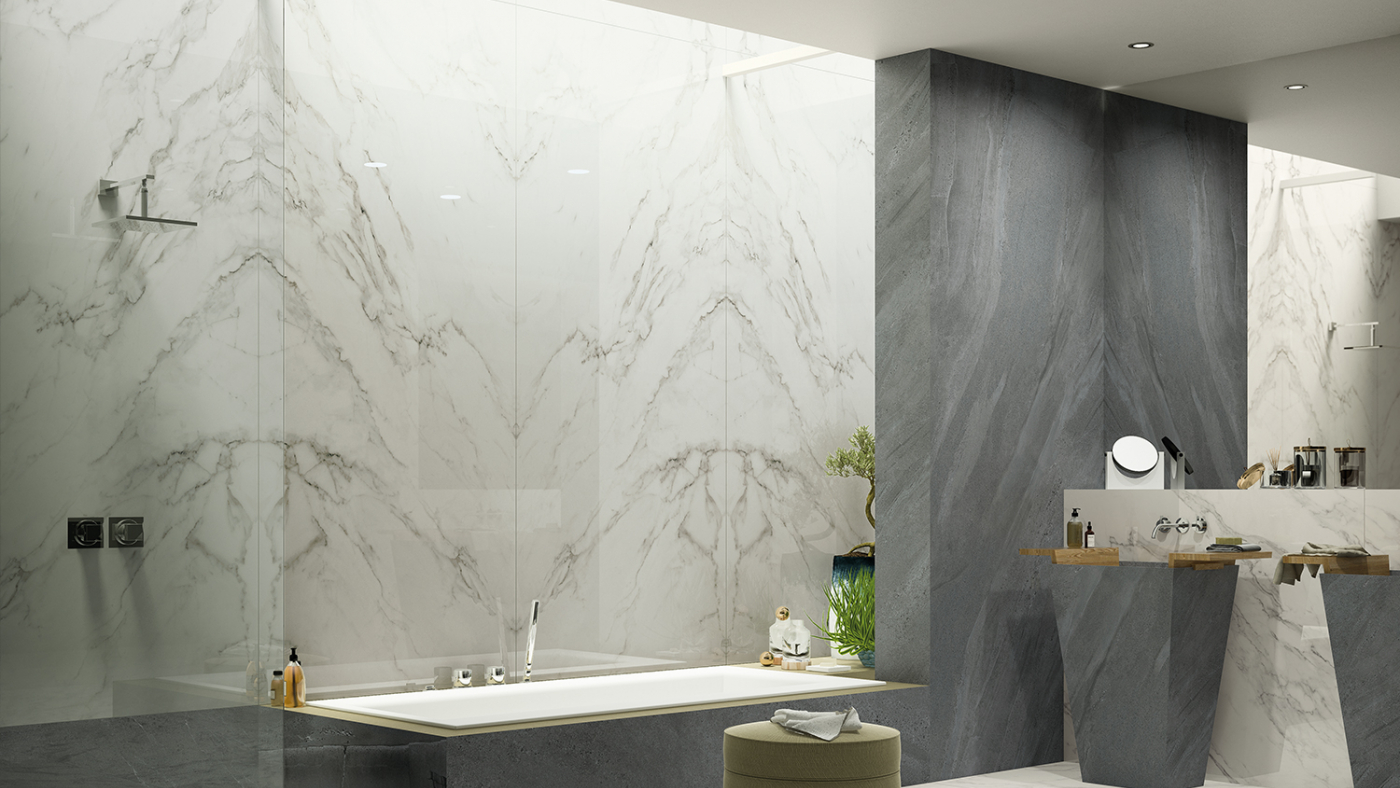
Additional Tips:
- Consider the amount of traffic in the area you want to tile. If you have a high-traffic area, you should choose a durable tile or slab.
- If you plan to use tiles or slabs in your bathroom or kitchen, you should choose a tile with a non-slip surface.
- Before installing your tiles or slabs, be sure to read the manufacturer’s instructions carefully.
Thickness of Ceramic Tiles and Slabs:
- Ceramic tiles of 80×80, 100×100, and 120×60 cm are always 12 mm thick.
- Slabs come in two thicknesses: 12 mm and 9 mm.
- ۱۲ mm is specifically for countertops.
- ۹ mm is specifically for walls.
- Using a 12 mm slab on a wall is not recommended as it may warp.
Enhancements:
- More Specific Information: Consider adding more specific information about different types of tiles, such as the benefits of porcelain tiles for high-traffic areas or the natural beauty of marble slabs.
- Visual Aids: Include images or diagrams to help visualize different tile patterns, layouts, and installation techniques.
- Maintenance Tips: Provide tips on how to maintain and clean different types of tiles and slabs.
- Environmental Considerations: Discuss eco-friendly options and certifications, such as LEED, for sustainable building materials.
By providing more in-depth information and addressing specific concerns, you can create a more comprehensive and informative guide for potential buyers.
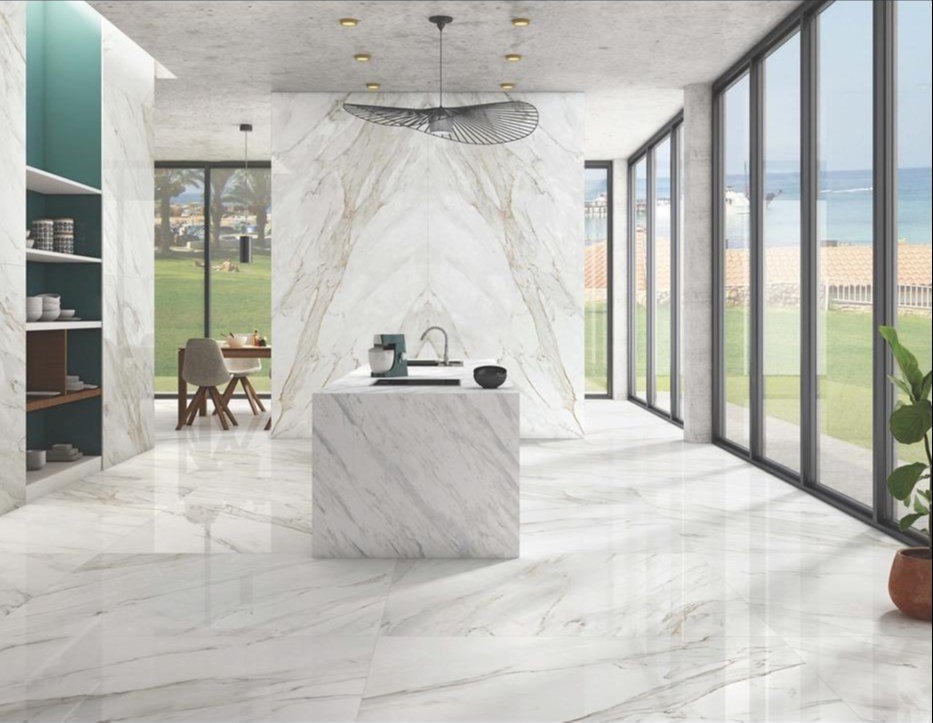
Types of Ceramic Tiles and Slabs: Pros and Cons
As previously mentioned, ceramic tiles and slabs come in various types, each with unique characteristics. Let’s delve into the most common types:
- Porcelain Tile:
- Pros: Porcelain is one of the most durable and resistant types of ceramic tiles. It’s scratch-resistant, stain-resistant, and highly resistant to chemicals. With a glazed surface, it’s easy to clean and ideal for high-traffic areas and wet environments like bathrooms and kitchens.
- Cons: Porcelain tiles can be more expensive than other types of tiles. They may also feel cold to the touch.
- Granite Tile:
- Pros: Granite tiles closely resemble natural granite. They are highly durable and resistant to scratches, stains, and chemicals. With low water absorption, they are easy to clean. Granite tiles are suitable for floors, walls, countertops, and even outdoor spaces.
- Cons: Like porcelain, granite tiles can feel cold to the touch. Installation can be more challenging due to their relatively heavy weight.
- Marble Tile:
- Pros: Marble tiles offer a luxurious and elegant appearance. While similar to natural marble, they are more affordable and easier to maintain. They are scratch-resistant but may be slightly sensitive to acidic substances.
- Cons: Marble tiles are softer than other types of ceramic tiles and require more care. They also have a slightly higher water absorption rate compared to porcelain and granite.
- Terracotta Tile:
- Pros: Terracotta tiles provide a natural and warm appearance. They are heat-resistant and suitable for outdoor spaces like patios and balconies. They are also more affordable than other types of ceramic tiles.
- Cons: Terracotta tiles have a relatively high water absorption rate and can stain easily. They are also softer than other types of ceramic tiles and require more care.
- Slabs: Large-format ceramic tiles, slabs are typically made of porcelain and share all its advantages, including durability, stain resistance, and low water absorption.
- Pros:
- Creates a seamless and uninterrupted look: The large size of slabs allows for a seamless appearance in large spaces, creating a luxurious and elegant feel.
- Minimal grout lines: Fewer grout lines make cleaning and maintenance easier.
- Wide variety of designs and colors: Slabs are available in a vast array of designs and colors, allowing you to customize your space.
- Suitable for both walls and floors: Slabs can be used on both walls and floors, although the thickness may vary.
- Cons:
- High cost: Due to their large size and complex manufacturing process, slabs are more expensive than standard tiles.
- Heavy weight: The weight of slabs makes transportation and installation more challenging. Professional installation is recommended.
- Susceptible to chipping: Their large size can make them more prone to chipping if subjected to heavy impacts.
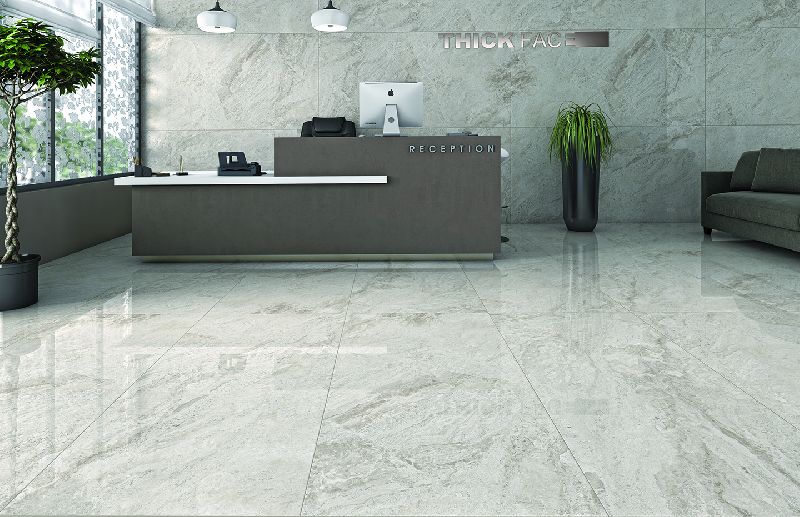
Choosing the Right Color and Design When selecting the color and design of your tiles or slabs, consider factors like:
- Interior design style: Match the tiles to your overall decor, whether it’s modern, traditional, minimalist, or industrial.
- Room size: Lighter colors can make a space feel larger, while darker colors can make it feel cozier.
- Lighting: Consider the natural and artificial lighting in the room.
- Focal points: Use contrasting colors or patterns to create focal points.
- Color coordination: Ensure the tiles complement your furniture, curtains, and other decor.
Additional Tips:
- Inspect the tiles: Check the backside of the tiles for any imperfections.
- Use design software: Visualize your space with different tile options using design software.
- Handle tiles with care: Avoid damaging the edges during transportation.
- Hire a professional installer: Ensure proper installation to prevent issues like cracking or uneven surfaces.
By following these guidelines and considering your specific needs, you can make an informed decision and select the perfect ceramic tiles or slabs for your project.
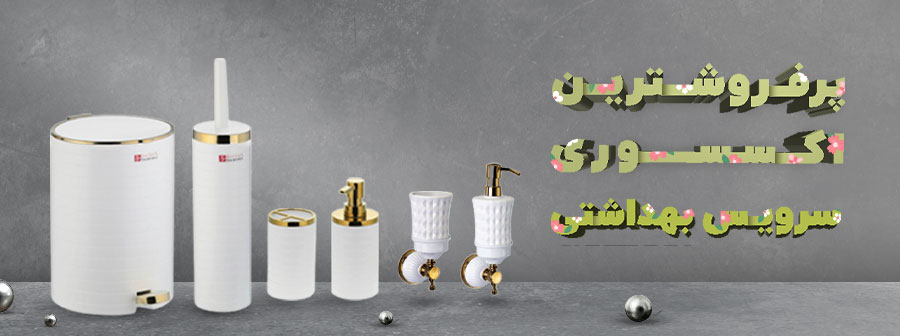
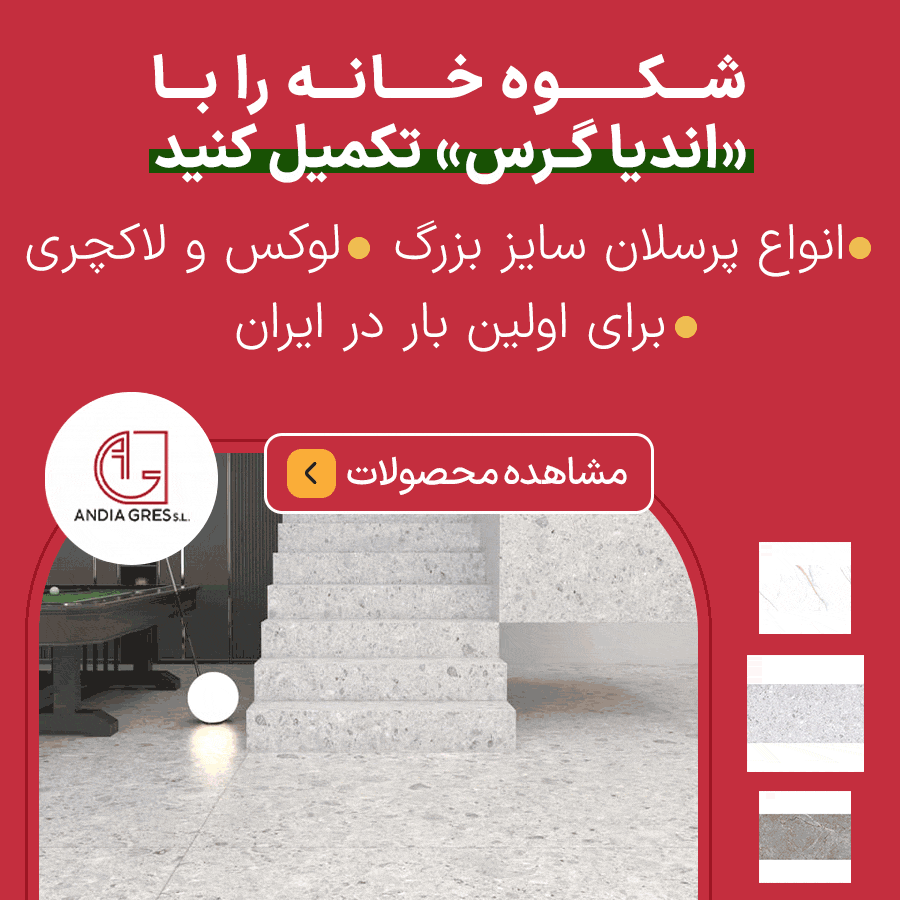

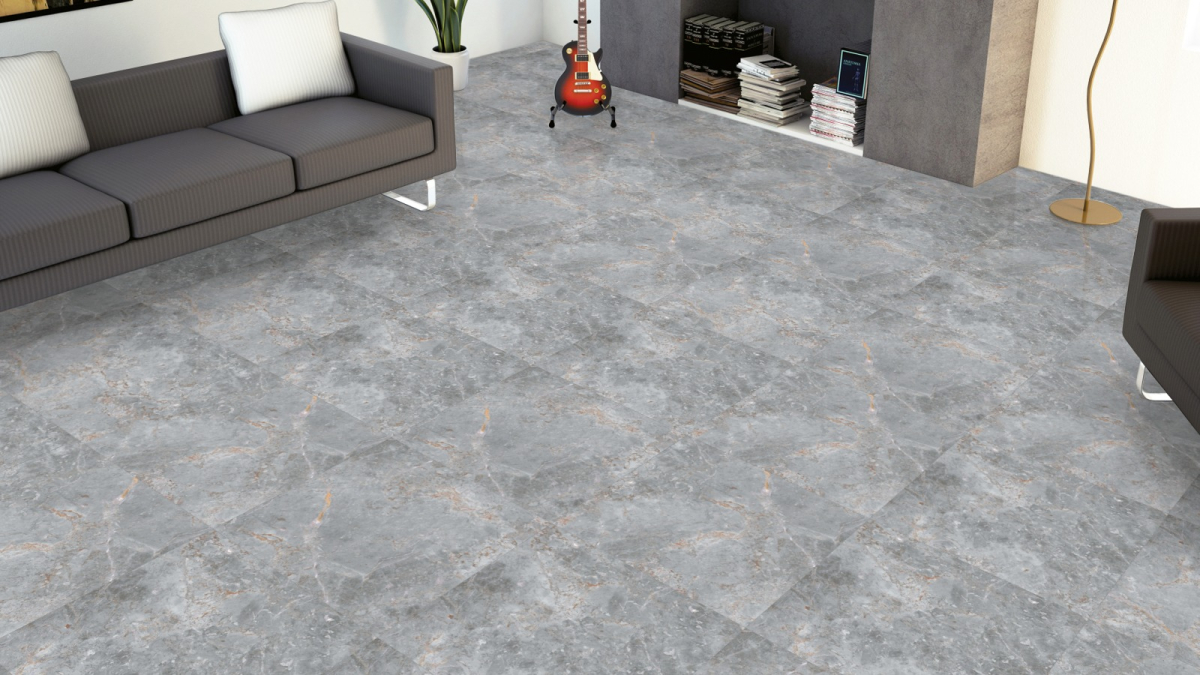
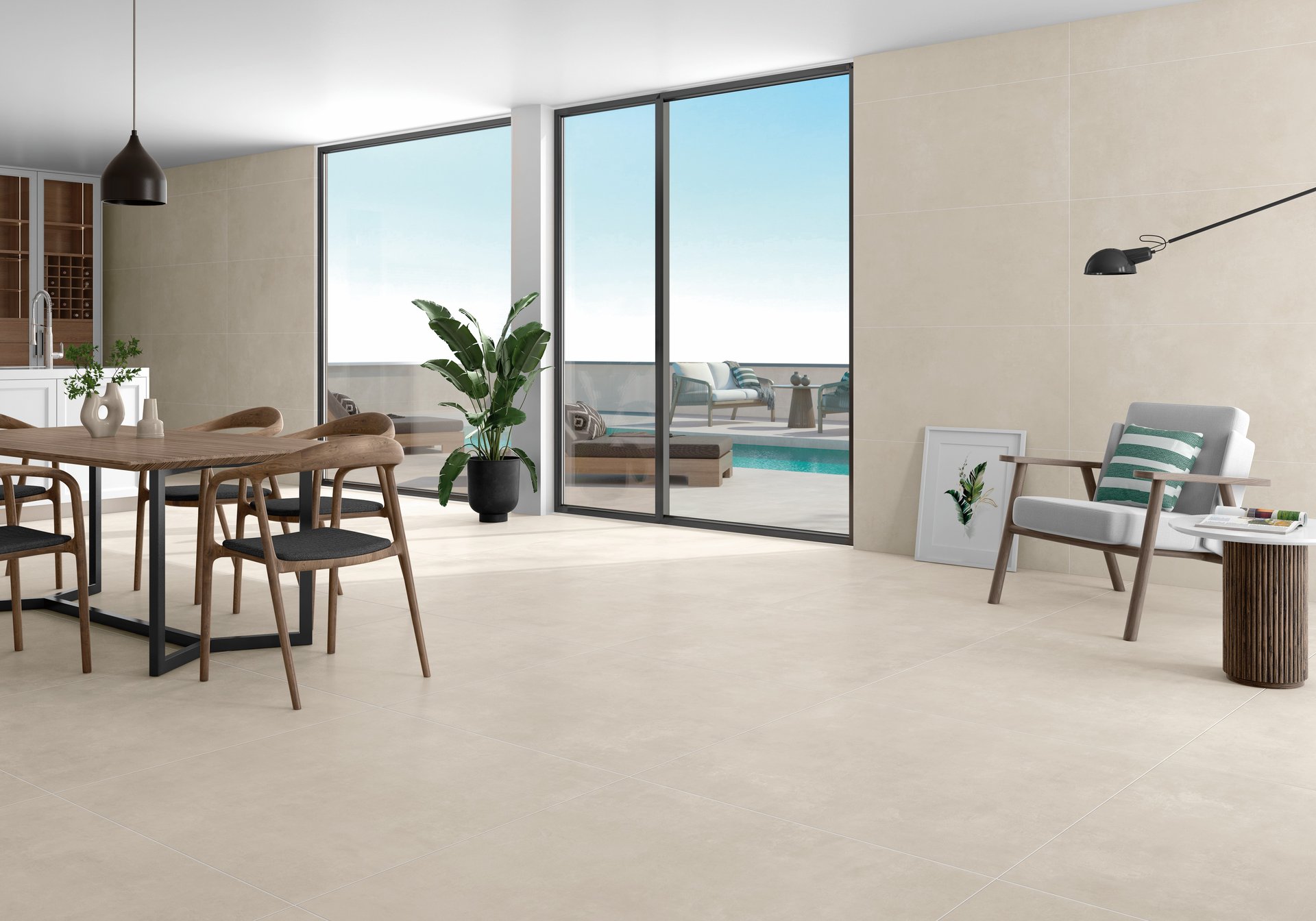

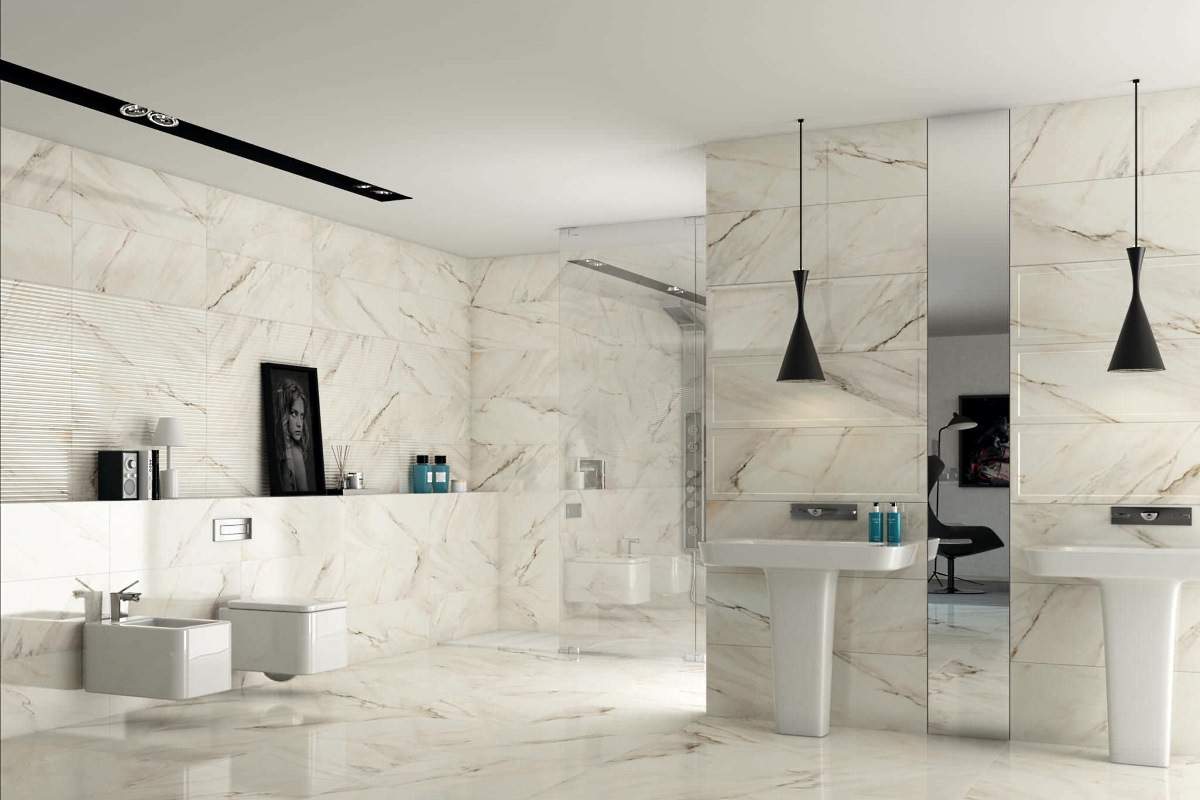
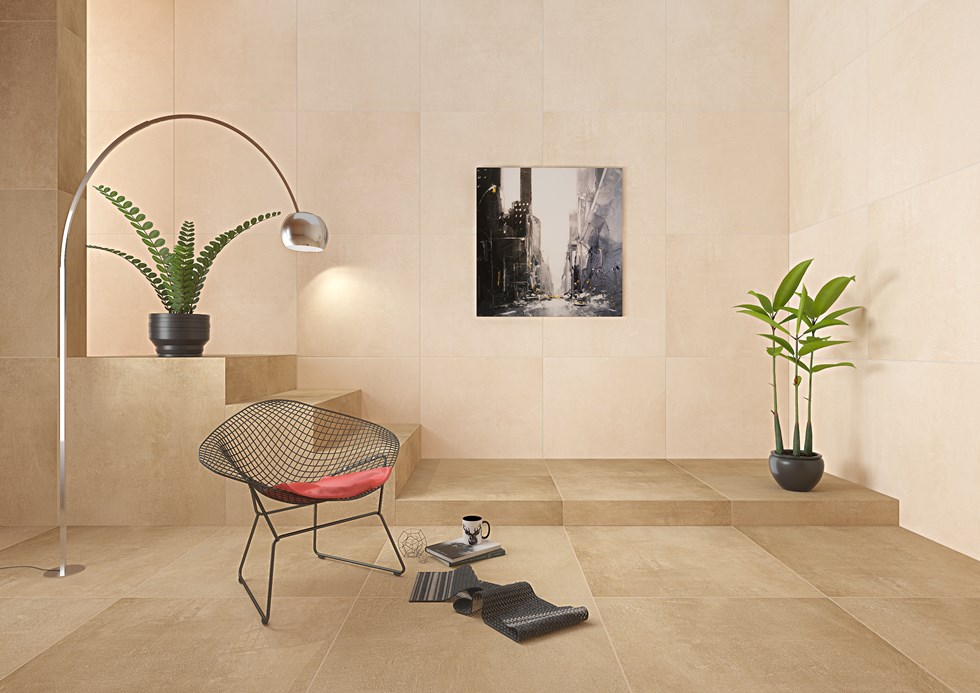


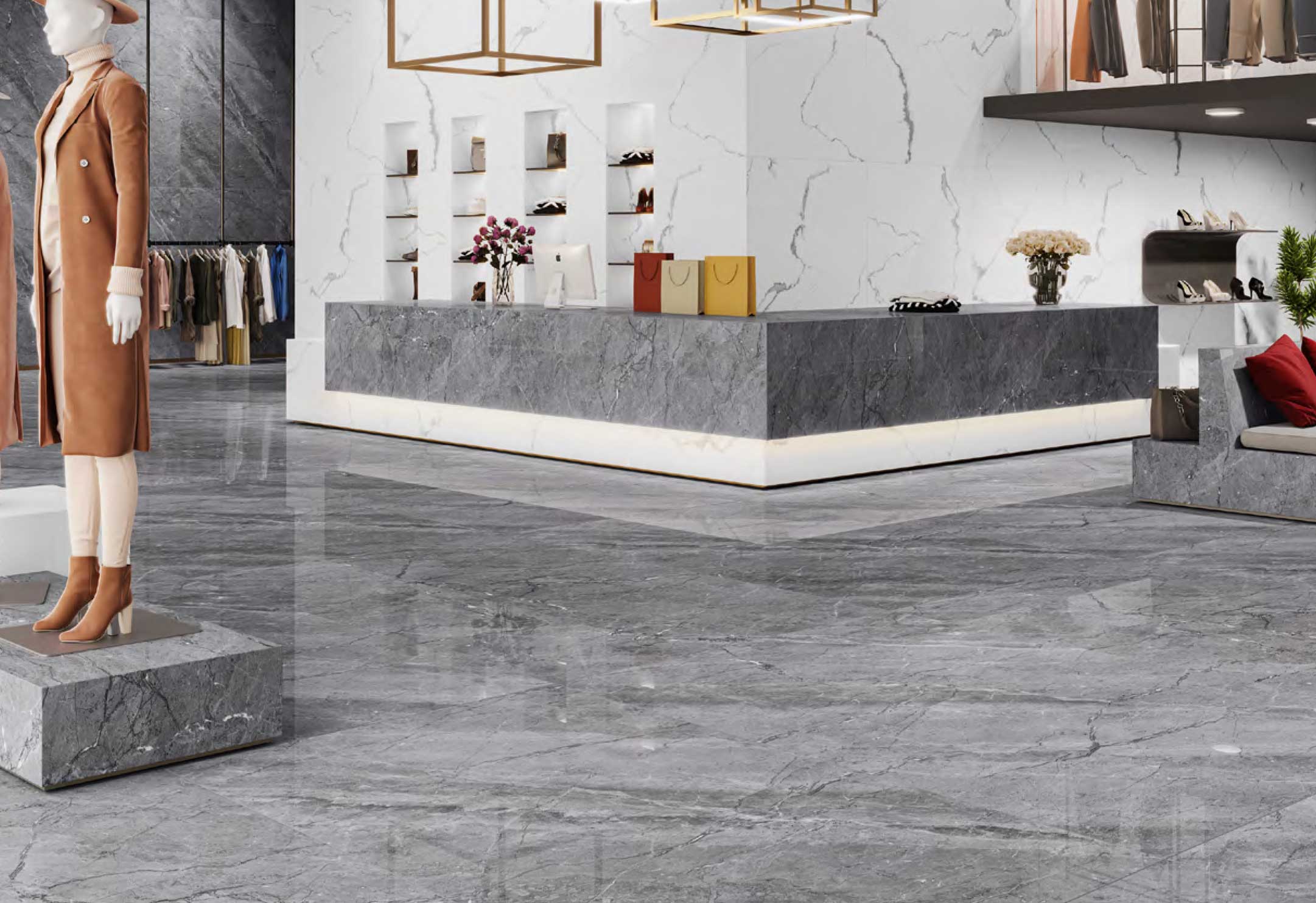



نظرات ۰